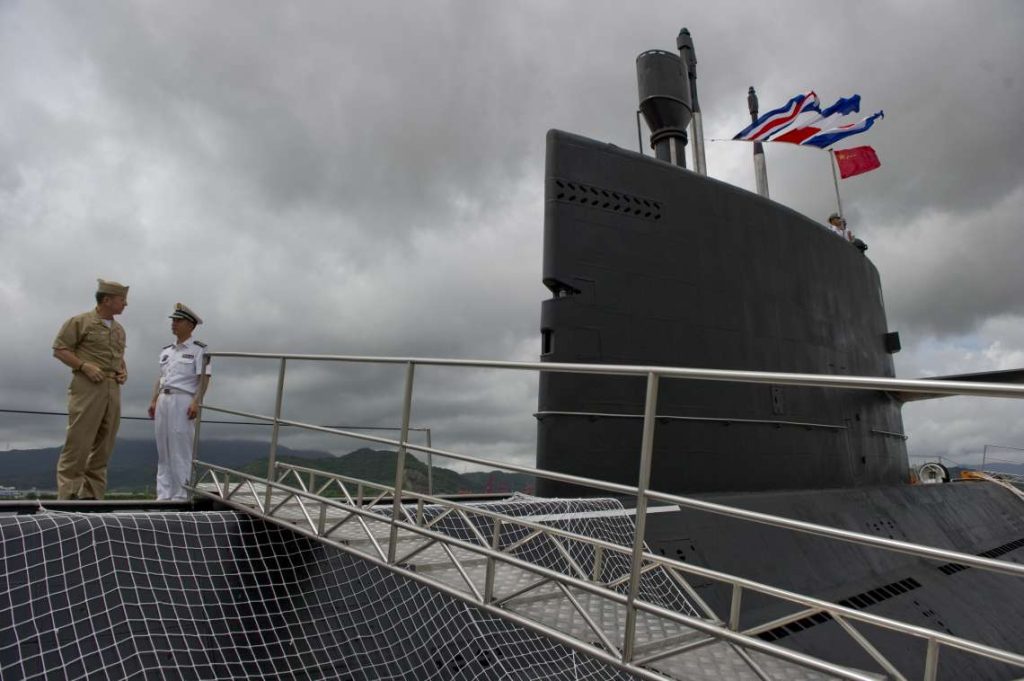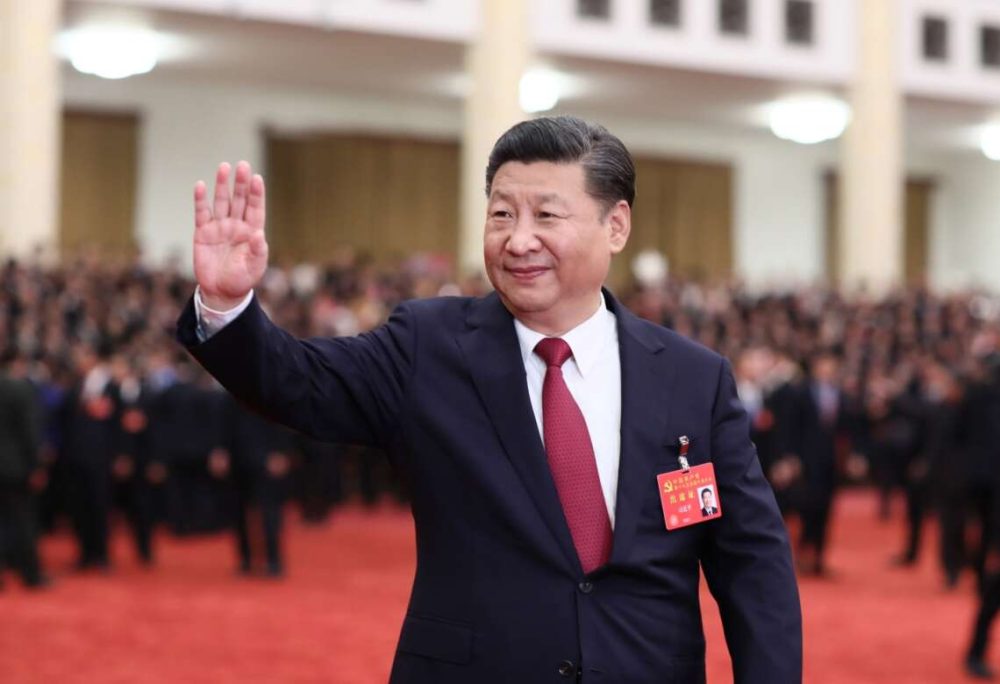For China, the submarine story suggests that its defence export strategy may hit a ceiling faster than expected, writes Commodore Ranjit Rai (Retd)

China has built a reputation as the world’s factory for everything from consumer electronics to infrastructure. Now it wants to replicate that model in defence exports, using naval sales to extend its reach across South and Southeast Asia. But the record of its submarines tells a different story: prestige projects that look formidable on paper but often underperform at sea.
For client states from Bangladesh to Thailand, the promise of affordable underwater capability has come with costly delays, maintenance headaches, and doubts over combat readiness. For Beijing, the failures underscore a deeper problem: scaling up military exports is not as simple as selling smartphones.
Submarine Diplomacy, With Strings Attached
Beijing’s strategy is straightforward: offer cheaper submarines than Western rivals, extend generous financing, and bind partners into long-term support contracts. On the surface, it is a win-win. Recipients acquire coveted underwater assets, while China secures enduring influence over their navies.
Yet the reality is proving more complex. Unlike in consumer manufacturing, defence exports are judged not just on affordability, but on whether the equipment can perform in the unforgiving world of combat. And here, China’s submarines are struggling.
Accidents That Haunt the Brand
China’s credibility took a hit with two headline-grabbing disasters.
In 2023, a Type 093 Shang-class nuclear submarine reportedly suffered catastrophic oxygen failure in the Yellow Sea, killing all 55 crew. Though Beijing denied the incident, Western intelligence leaks and multiple reputable outlets confirmed the details.
The following year, in 2024, another advanced nuclear boat sank at the Wuchang shipyard in Wuhan during testing. The recovery operation lasted months, with analysts warning of what could have been a nuclear safety crisis in an inland city.
For potential buyers, such incidents raise a pointed question: if China cannot guarantee safety in its own navy, what chance do downgraded export variants have?
Customer Experiences Tell the Story
Bangladesh
Dhaka’s $1.4 billion purchase of two Ming-class submarines has yielded more frustration than deterrence. These refurbished 1970s-era boats spend significant time in port, requiring extensive Chinese maintenance and spare parts. Analysts openly describe them as “prestige platforms” rather than practical warfighting assets.
Myanmar
Myanmar’s Type 035B Ming-class, delivered in 2021, is an even more telling case. Derived from 1950s Soviet designs, it pales in comparison to a refurbished Indian Kilo-class submarine transferred around the same time. The contrast highlights the limitations of Chinese hardware and the risks of buying legacy technology.
Pakistan
Islamabad bet big on the Hangor-class programme, an eight-boat fleet meant to form the core of its future deterrent. Instead, delays and technical snags have plagued the $5 billion project. German MTU engines were blocked by export controls, forcing China to substitute unproven CHD620 diesels. Problems with combat management systems and integration have compounded concerns, leaving only one hull at sea trials by mid-2025.
Thailand
Thailand’s deal for a Yuan-class S26T was frozen after Bangkok refused China’s diesel engines, citing reliability concerns. The impasse demonstrated the lack of trust in Chinese substitutes and cast doubt on Beijing’s ability to back its sales with proven technology.
Built-In Downgrades, Built-In Problems
China’s export models are deliberately inferior to those used by its own navy. They lack advanced sonar, stealth coatings, and next-generation propulsion. Even China’s domestic Stirling-engine Air Independent Propulsion (AIP) provides only two to three days of underwater endurance, compared to the weeks offered by German or Japanese systems.
The result: boats that may look impressive in commissioning ceremonies but fall short of credible deterrence once deployed.
A Broader Pattern of Reliability Gaps
The submarine troubles are part of a systemic trend. Chinese-built F-22P frigates in Pakistan have faced engine overheating, lubrication breakdown, and radar malfunctions. Other navies from Africa to Southeast Asia report difficulties sourcing spares, with ships and aircraft sitting idle for months.
The Stockholm International Peace Research Institute (SIPRI) has noted a marked decline in Chinese arms exports since 2023, attributing it to “poor quality and inconsistent performance.” For Beijing, this is more than a commercial setback: it risks undermining a central pillar of its bid for global influence.
Strategic Costs for Clients
For customer navies, the real cost is dependency. Chinese submarines require constant support from Chinese technicians, locking buyers into asymmetric relationships. Spare parts pipelines, software patches, and periodic upgrades keep Beijing in the driver’s seat.
As one South Asian analyst observed, these platforms “provide China with political leverage, not its clients with military advantage.” In a region where undersea warfare is becoming a decisive domain, prestige purchases that spend more time in dockyards than at sea risk becoming liabilities.

The Business Bottom Line
China’s submarine exports illuminate a wider truth about military technology: scaling reliability and performance is harder than scaling production. Prestige and price cannot substitute for proven combat capability. For China, the submarine story suggests that its defence export strategy may hit a ceiling faster than expected. For client states, the lesson is clear: when it comes to high-stakes platforms like submarines, cutting costs today may mean paying a strategic premium tomorrow.
(Commodore Ranjit B Rai (Retd) is the author of the book ‘The Indian Navy @75: Reminiscing the Voyage. He is an RNSC-qualified officer who served as Director Naval Intelligence and Director Naval Operations and writes on maritime matters. He also served as India Representative of Waterman Steam Ships USA and curated a New Delhi Maritime Museum.)









